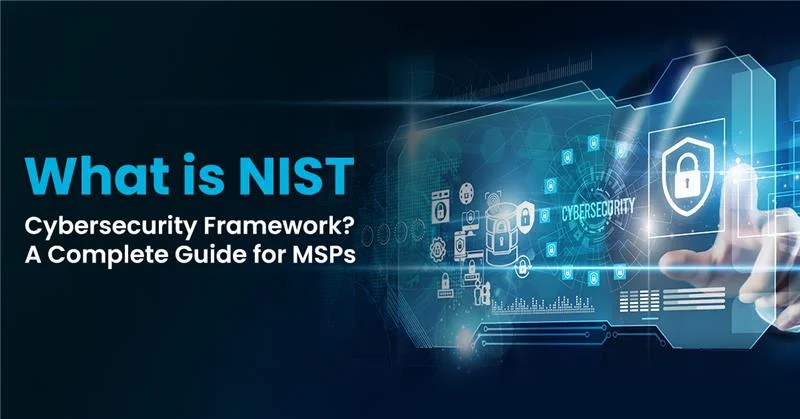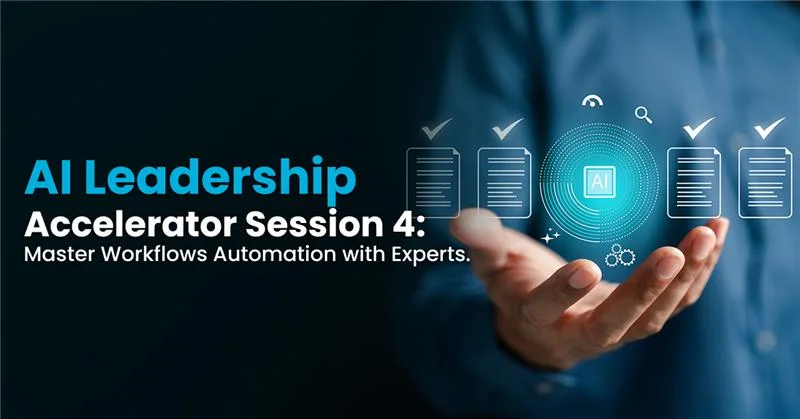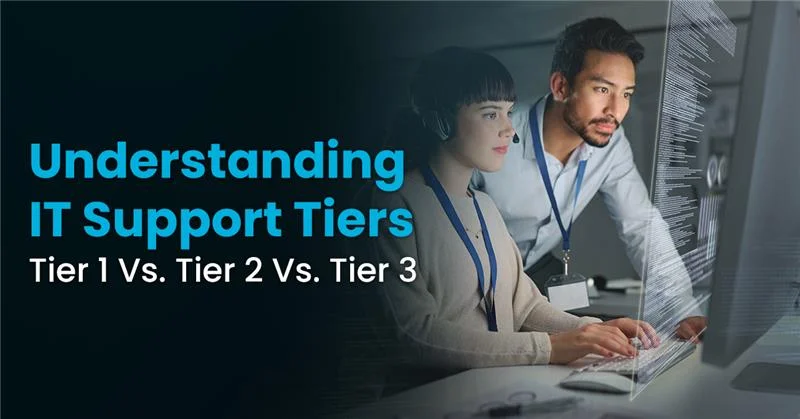When a ransomware attack locks down your biggest client’s systems at 3 AM, BCDR (Business Continuity and Disaster Recovery) is the only thing standing between controlled recovery and complete chaos. Do you have a plan, or are you about to learn a very expensive lesson?
This isn’t hypothetical; t’s happening to MSPs every single day. According to Sophos State of Ransomware 2024 report, 59% of organizations were hit by ransomware in 2023. The average ransom payment reached $2 million. Without proper BCDR planning and reliable NOC Services for MSPs monitoring your systems 24/7, you’re gambling with your clients’ businesses and your reputation.
Let’s talk about what BCDR really means for your MSP business, why it matters, and how to build a strategy that works when disaster strikes.
What is BCDR? Understanding the Fundamentals
BCDR stands for Business Continuity and Disaster Recovery. These are two sides of the same coin that keep businesses running when everything goes sideways.
Breaking Down Business Continuity and Disaster Recovery
Here’s the simple truth: Business Continuity (BC) keeps the lights on during a crisis. Disaster Recovery (DR) gets your IT systems back online after they’ve been knocked out.
Business continuity focuses on maintaining critical operations during disruptions. This means having alternative communication channels, backup work locations, and processes that keep your business breathing. Even when your primary systems are down.
Disaster recovery is all about your technology stack. It’s your playbook for restoring data, rebuilding servers, and getting networks operational again. When ransomware encrypts your client’s files or a flood takes out your data center, your disaster recovery plan brings everything back to life.
The magic happens when BC and DR work together. Your Business Impact Analysis (BIA) identifies which systems are mission-critical. Your risk assessment pinpoints vulnerabilities before they become catastrophes.
Why MSPs Need a BCDR Strategy
You’re juggling multiple client environments at once. Each has different systems, requirements, and tolerance levels for downtime. The threat landscape has evolved dramatically. Ponemon Institute’s Cost of Downtime research reveals that unplanned IT downtime costs organizations an average of $9,000 per minute. That’s over $540,000 per hour of disruption.
Your clients expect 24/7 uptime and bulletproof data protection. Add compliance requirements like HIPAA, GDPR, and SOC 2 into the mix. Suddenly BCDR isn’t optional. It’s the foundation of everything you do as an MSP.
How Does a Business Continuity Plan Differ from Disaster Recovery?
Understanding the distinction between these two elements is crucial. You need both for an effective BCDR framework.
Business Continuity Plan (BCP) Explained
A business continuity plan is your proactive shield against chaos. It addresses key questions: How do employees communicate when email is down? Where do people work when the office is inaccessible? How do you maintain customer service during a crisis?
Your BCP encompasses your Crisis Management Team, emergency response protocols, and alternative arrangements. These keep business functions operational. A strong BCP business continuity plan includes communication trees, alternative supplier relationships, and documented procedures for maintaining operations under duress.
Disaster Recovery Components
Disaster recovery gets technical. This is where your MSP cybersecurity expertise really shines. Your DR plan includes backup systems, failover protocols, and recovery sites. It answers critical questions: How quickly can you restore data? What’s your backup verification process?
Key components include automated backup solutions, cloud-based replication, bare-metal recovery capabilities, and clearly defined recovery procedures. Your disaster recovery plan should integrate with your security measures.
What Should Be Included in a BCDR Strategy?
Building a comprehensive BCDR strategy requires more than just buying backup software and hoping for the best.
Essential Components of an Effective BCDR Plan
- Risk Assessment and Business Impact Analysis: Identify what could go wrong and what it would cost. Understanding your vulnerabilities and their potential impact is the first step toward building resilient systems.
- Recovery Objectives: Define your Recovery Time Objective (RTO) and Recovery Point Objective (RPO). RTO tells you how quickly systems must be restored. RPO tells you how much data you can afford to lose.
- Data Backup and Replication: The 3-2-1 rule still applies. Three copies of data, on two different media types, with one copy offsite. Modern BCDR demands immutable backups, encrypted storage, and automated verification testing.
- Communication Protocols: Who contacts clients when disaster strikes? Your stakeholder notification system should include multiple channels and pre-written templates for different scenarios.
- Testing and Maintenance Schedule: A BCDR plan that’s never tested is just expensive documentation. Schedule quarterly tabletop exercises and bi-annual full recovery drills.
Business Continuity Plan Examples for MSPs
- Ransomware Attack Response: Isolate infected systems within 15 minutes. Activate clean backup restoration. Communicate with affected clients using pre-approved templates. Engage your forensics team.
- Natural Disaster Continuity: Shift operations to cloud-based infrastructure. Redirect phone systems to mobile devices. Activate remote work protocols. Verify data integrity across geographically distributed backups.
- Hardware Failure Protocol: Immediately failover to redundant systems. Deploy replacement hardware from hot spare inventory. Verify service restoration through automated monitoring.
Who is Responsible for Implementing BCDR in an MSP Environment?
BCDR isn’t a one-person job. It requires coordinated effort across your entire organization.
Key Stakeholders in BCDR Planning
Your leadership team sets the tone and allocates resources. Technical teams—particularly your NOC and SOC engineers—handle implementation. Client relationship managers ensure BCDR aligns with customer expectations. Third-party vendors might play crucial roles during recovery.
Building a BCDR Culture Within Your MSP
The best BCDR strategy fails without buy-in. Regular training ensures everyone knows their role during a crisis. Make BCDR part of your company DNA, not just a binder collecting dust. Integration with your MSP cybersecurity protocols creates a unified defense posture.
When Should You Test Your Business Continuity Plan?
Testing isn’t optional. It’s where theory meets reality and weaknesses get exposed before they become disasters.
BCDR Testing Frequency and Methods
Run quarterly tabletop exercises where teams walk through scenarios. Conduct bi-annual full-scale drills that test actual recovery procedures. Review your entire business continuity plan annually. Also review it whenever major infrastructure changes occur.
Measuring BCDR Success: Key Performance Indicators
Track Recovery Time Actual (RTA) against your RTO targets. Measure actual data loss against RPO objectives. Monitor client satisfaction during incidents. Your Service Level Agreements (SLAs) should reflect realistic BCDR capabilities. Mean Time to Recovery (MTTR) provides valuable trending data.
Where Do MSPs Commonly Fall Short with BCDR?
Even experienced MSPs make critical mistakes that undermine their disaster recovery efforts.
Common BCDR Strategy Pitfalls
The biggest failure? Inadequate testing. Many MSPs create beautiful BCDR documentation but never validate it works. When disaster strikes, they discover their backups are corrupted. Their procedures are outdated. Or their recovery time estimates were wildly optimistic.
Lack of automation creates vulnerabilities. Manual backup verification doesn’t scale. Poor documentation leaves team members scrambling during crises. Underestimating recovery resource requirements leads to missed SLAs and angry clients.
How to Strengthen Your Disaster Recovery Posture
Implement automated backup verification. Test restorability, not just backup completion. Leverage cloud-based BCDR solutions for geographic redundancy. Create detailed runbooks with step-by-step recovery procedures. Any qualified technician should be able to follow them.
Invest in redundant infrastructure and automated failover systems. Integrate your BCDR framework with overall MSP cybersecurity measures. Security and recovery are two sides of the same coin.
Why is BCDR Critical for MSP Cybersecurity?
The lines between security and recovery have blurred. Modern BCDR is fundamentally about cyber resilience.
The Intersection of BCDR and Security
Ransomware has made disaster recovery a daily necessity. Cyber insurance providers now require documented BCP business continuity plans before issuing policies. Your recovery systems themselves need protection through zero-trust architecture and secure backup storage.
Building Cyber-Resilient BCDR Solutions
Immutable backups prevent attackers from encrypting or deleting your recovery options. Air-gapped storage provides offline copies that ransomware can’t reach. Multi-factor authentication protects recovery system access. Encryption safeguards backup data both in transit and at rest.
Conclusion: Partner with IT By Design for Comprehensive NOC Services
Here’s the bottom line: BCDR isn’t a one-time project. It’s an ongoing commitment that requires specialized expertise, constant vigilance, and 24/7 monitoring capabilities. The difference between a minor incident and a business-ending catastrophe often comes down to response time measured in minutes.
That’s where IT By Design’s NOC Services become your competitive advantage. Our Network Operations Center provides round-the-clock monitoring and incident response. We offer proactive system health checks that prevent disasters before they occur. We provide rapid recovery support during critical incidents. We handle backup verification and testing. We seamlessly integrate with your existing BCDR framework. And we bring a proven track record of helping MSPs protect their clients.
Don’t wait for disaster to strike before taking BCDR seriously.
Our NOC Services can transform your BCDR strategy and give your clients the bulletproof protection they deserve.
Schedule a call with us today to secure your MSP’s future and learn industry-leading disaster recovery tactics that work when it matters most.
Because when disaster strikes at 3 AM, having the right partner makes all the difference.
Frequently Asked Questions About BCDR
Q: What is the difference between BCDR and backup?
Backup is just one component of BCDR. It’s the data protection piece. BCDR encompasses entire business processes, communication plans, and recovery procedures.
Q: How often should a business continuity plan be updated?
Update your BCP at least annually. Also update it immediately after significant infrastructure changes, new client additions, or lessons learned from incidents.
Q: What is RTO and RPO in BCDR?
RTO (Recovery Time Objective) defines how quickly systems must be restored. RPO (Recovery Point Objective) defines how much data you can afford to lose.
Q: How much does BCDR cost for small businesses?
BCDR costs vary from a few hundred to several thousand dollars monthly. It depends on data volume and recovery speed requirements. But it’s always cheaper than the alternative.
Q: Can BCDR be fully automated?
Many BCDR components can be automated (backups, failovers, monitoring). But human oversight remains essential for decision-making and communication.








